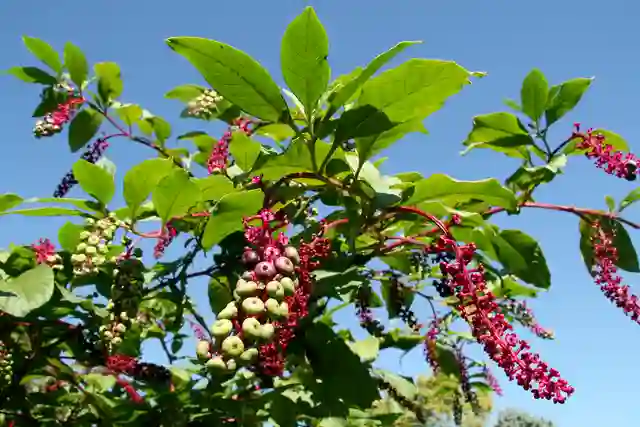
Brachychiton Populneus: The Alluring Bottle Tree – A Gardener’s Guide
Greetings, fellow plant enthusiasts! I’m Ferb Vu, and today, we delve into the fascinating world of the Brachychiton Populneus, also known as the Bottle Tree or Kurrajong. This iconic Australian native has captured hearts (and gardens) worldwide with its unique features and resilience.
Whether you’re a seasoned gardener or a curious newcomer, this guide will equip you with all the knowledge you need to cultivate a thriving Bottle Tree. Let’s unravel its secrets, shall we?
40 Species in Genus Brachychiton
What is a Brachychiton Populneus?
Imagine a tree with a stout, bottle-shaped trunk, its branches adorned with glossy, deep green leaves. That’s the quintessential Brachychiton Populneus. This evergreen beauty can reach a majestic height of 10 to 20 meters, boasting a mature spread of 5 to 10 meters.
Kurrajong’s Aboriginal Connection: The name “Kurrajong” originates from the Dharuk language of Aboriginal Australians. It translates to “fibre fishing line,” a testament to the tree’s bark, traditionally used for crafting fishing lines and nets.
How to plant and care for Bottle Tree?
Adding a Brachychiton Populneus to your landscape is a rewarding experience. Here’s what you need to know:
- Sunlight: Bottle Trees thrive in full sun, but can tolerate some afternoon shade in hotter climates.
- Soil: Well-drained, moderately fertile soil is ideal. They’re surprisingly adaptable, tolerating even dry conditions – a boon for drought-prone regions. Avoid waterlogged soil, especially during winter.
- Watering: Newly planted trees require regular watering, especially during the first growing season. Aim for a deep soak every few days during hot spells. Established trees are remarkably drought-tolerant and require minimal supplemental watering.
- Spacing: Remember, these are sizeable trees! When planting, ensure adequate space for their mature form. Aim for 4 to 6 meters between the tree and any structures to avoid crowding.
Brachychiton Populneus vs. Other Bottle-Shaped Trees
The name “Bottle Tree” isn’t unique to Brachychiton Populneus. Let’s differentiate it from a look-alike:
- Adansonia Digitata (Baobab): This iconic African tree has a similar bulbous trunk but is deciduous, unlike the evergreen Kurrajong. Baobabs also have unique, finger-like branches, absent in the Bottle Tree.
Beyond Beauty: The Uses of Brachychiton Populneus
The Bottle Tree offers more than aesthetics. Here’s a glimpse into its versatility:
- Aboriginal Uses: Traditionally, Indigenous Australians utilized the Kurrajong’s bark for crafting cordage, nets, and dilly bags. The roasted seeds were enjoyed as a coffee substitute, and the root, a source of sustenance.
- Wildlife Haven: Bottle Trees provide valuable habitat for birds and insects, attracting a variety of pollinators with their vibrant blooms.
- Shade Provider: The dense foliage creates a welcome refuge from the scorching sun, making it a perfect addition to patios or walkways.
Propagation: Expanding Your Bottle Tree Bounty
Looking to propagate your Brachychiton Populneus? Here are two common methods:
- Seeds: Seed propagation can be a rewarding challenge. However, it requires patience, as germination can be slow. Sow seeds in a well-draining potting mix during spring and provide consistent moisture.
- Cuttings: Propagating using semi-hardwood cuttings from mature growth is a faster option. Take cuttings during spring or summer, treat them with rooting hormone, and plant them in a well-draining medium, keeping them moist until established.
Conclusion: The Enduring Appeal of the Brachychiton Populneus
The Brachychiton Populneus is a captivating addition to any garden. Its unique form, resilience, and ecological value make it a true standout. With proper care, this magnificent tree will grace your landscape for generations to come.
So, are you ready to embark on a journey with the Bottle Tree? With this guide in hand, I believe you have all the tools necessary to cultivate a thriving specimen. Happy planting!
If i die, water my plants!



